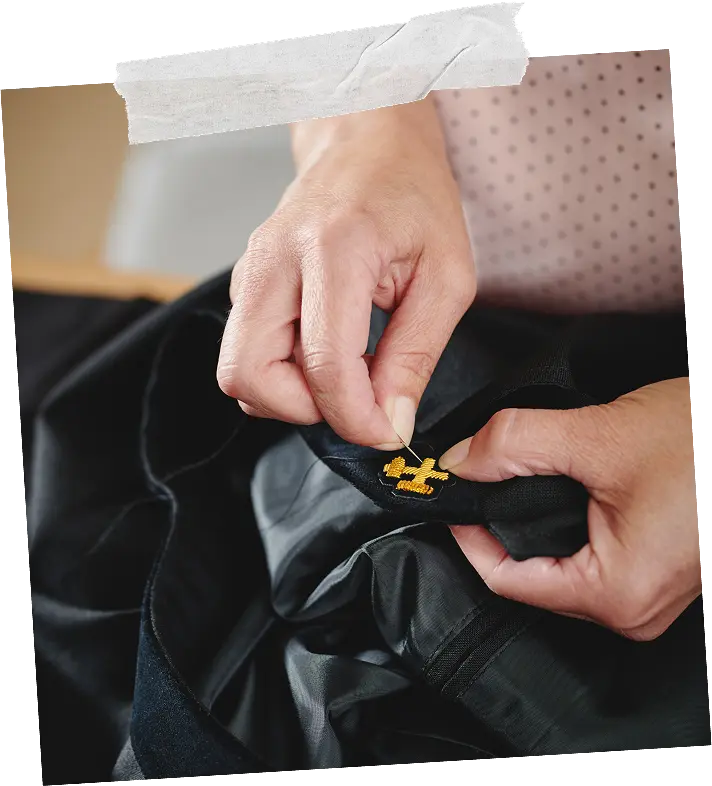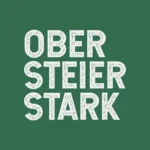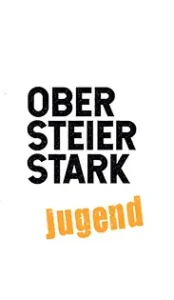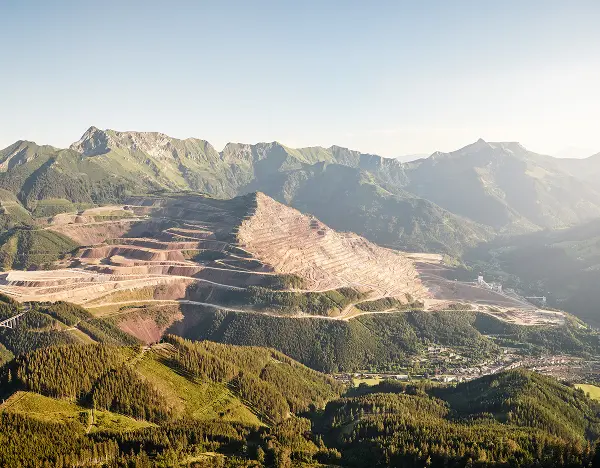Spring
Ash Wednesday & Lent
Ash Wednesday marks the beginning of the 40-day period of Lent. Fish is traditionally served on this day – for example as a herring feast in inns. Fasting stands for inner reflection and conscious renunciation.
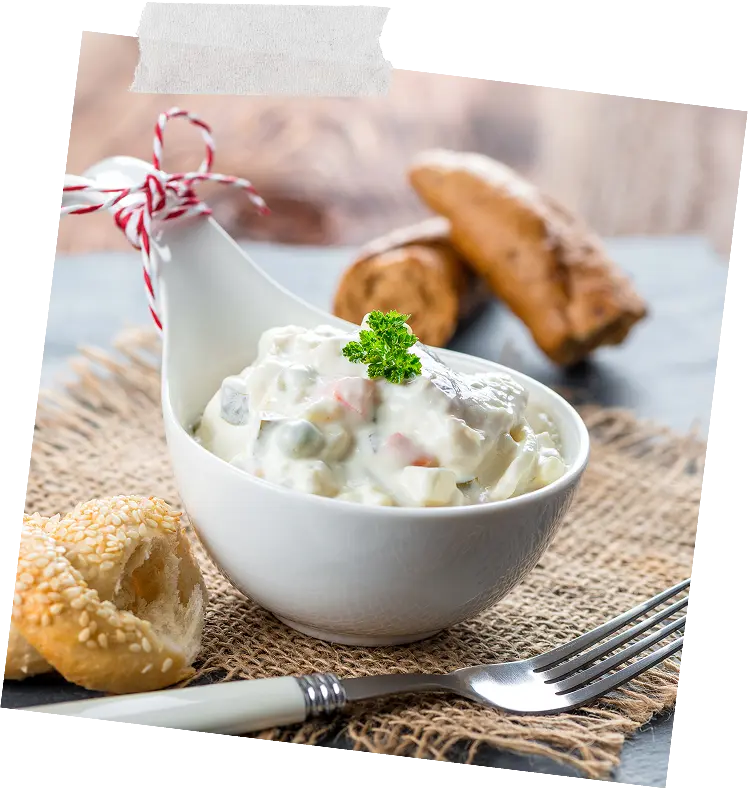
Spring
Easter
Easter plays a special role in eastern Upper Styria. The moon determines when it is celebrated: Easter Sunday always falls on the weekend after the first full moon of spring. Colorful painted eggs, which are considered a symbol of new life, are typical – and of course the search for Easter nests, which is especially fun for children. The Easter bunny is also a symbol of fertility. Another custom is the lighting of Easter bonfires: they symbolize the end of winter and welcome the sun and spring. In many places, the fires are lit as part of small celebrations – a popular meeting place for the whole family.
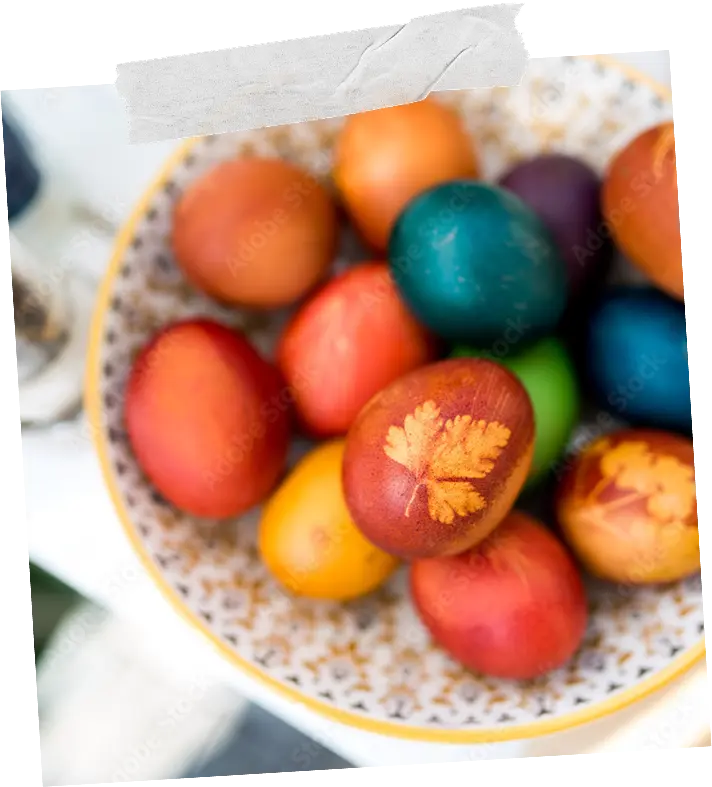

Spring
Palm Sunday & palm consecration
Palm Sunday marks the beginning of Holy Week – a time to pause and prepare for Easter. Palm bushes made of palm catkins, colorfully decorated with ribbons, are blessed and often proudly carried by children. They are a reminder of Jesus’ entry into Jerusalem. In many communities, making palm bushes together is also part of the tradition.
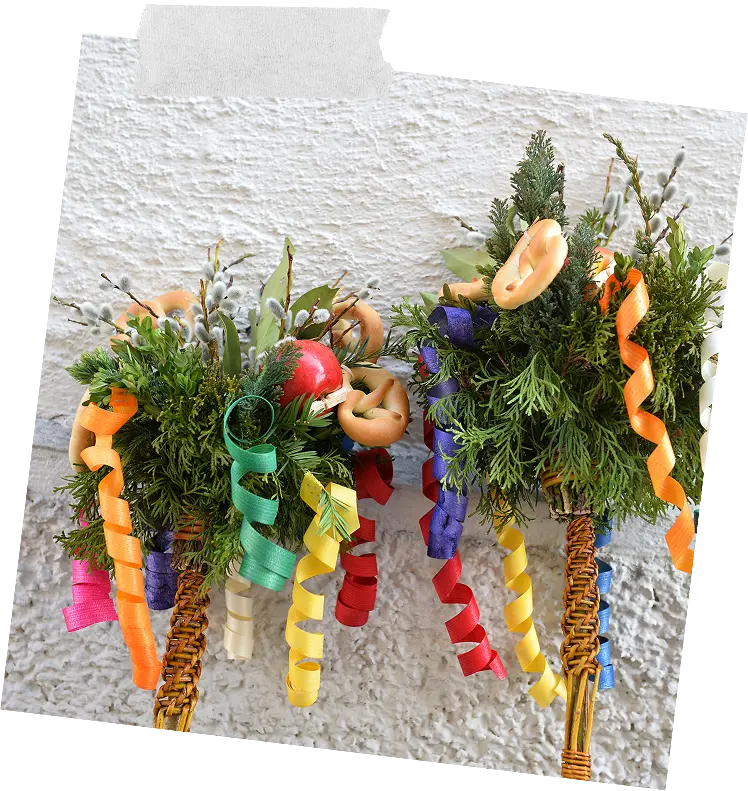
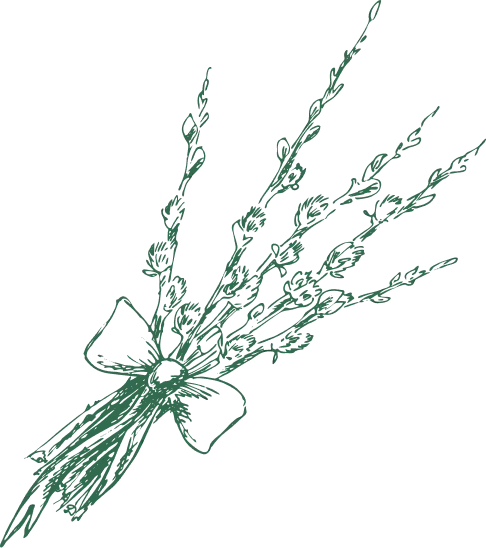
Spring
Maundy Thursday
Maundy Thursday commemorates Jesus’ Last Supper with his disciples. Even if the name has nothing to do with the color, creamed spinach with fried egg and potatoes is almost a must on the table today. In many parishes, the service on this day is particularly solemn – as a quiet prelude to Good Friday.
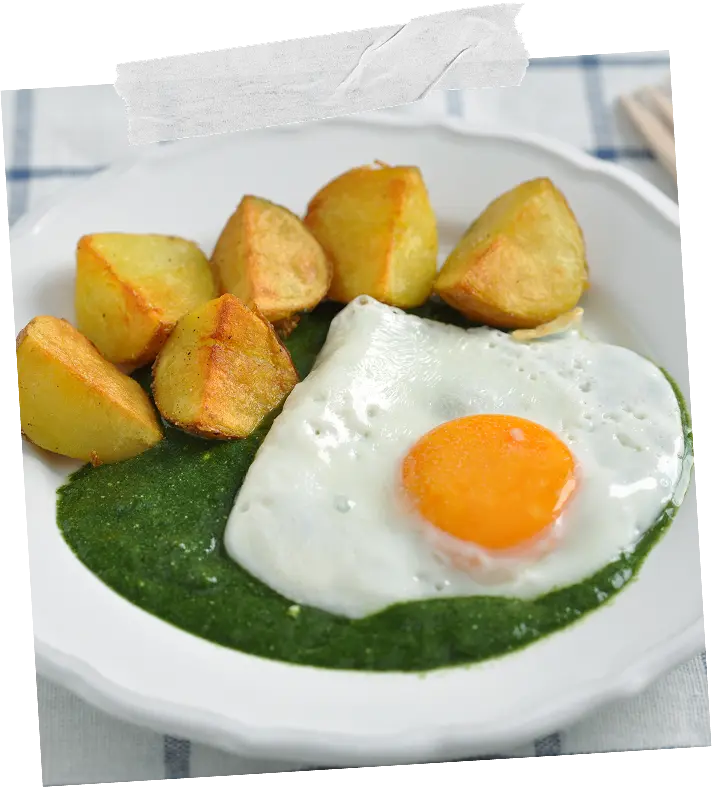
Spring
Pentecost - the end of Easter
Pentecost is the third great festival of Christianity – often overshadowed by Christmas and Easter. It marks the end of Easter and the “birth” of the church. Many also associate Pentecost with nature, freshness and new beginnings – in keeping with spring.
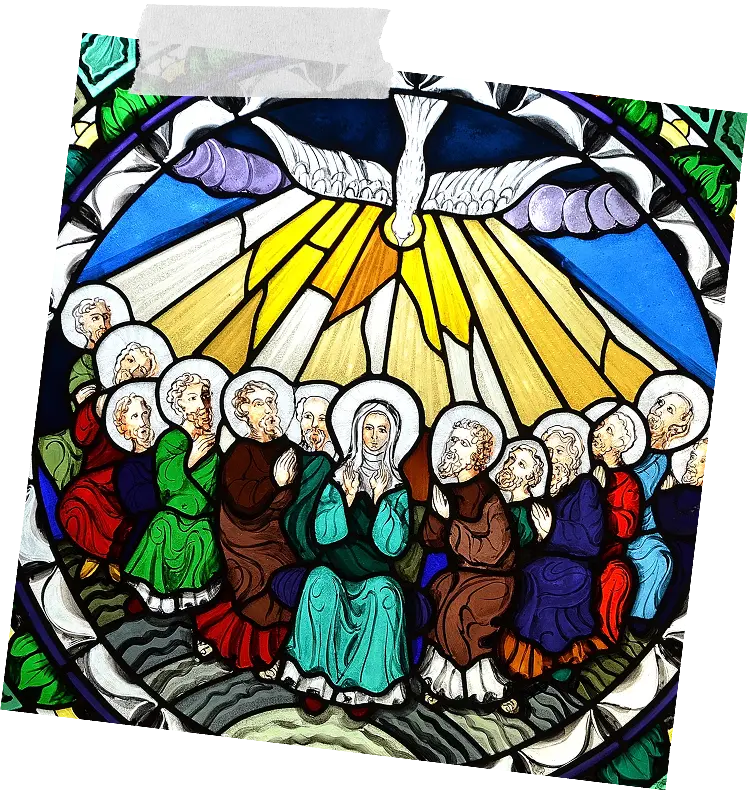
Spring
The Maypole
The maypole is a symbol of fertility and new life. In many communities, it is traditionally erected by the rural youth – colorfully decorated and with a lot of community spirit. The erection is often accompanied by brass band music, dancing and socializing. The custom dates back to the Middle Ages and is still a sign of living village culture today.
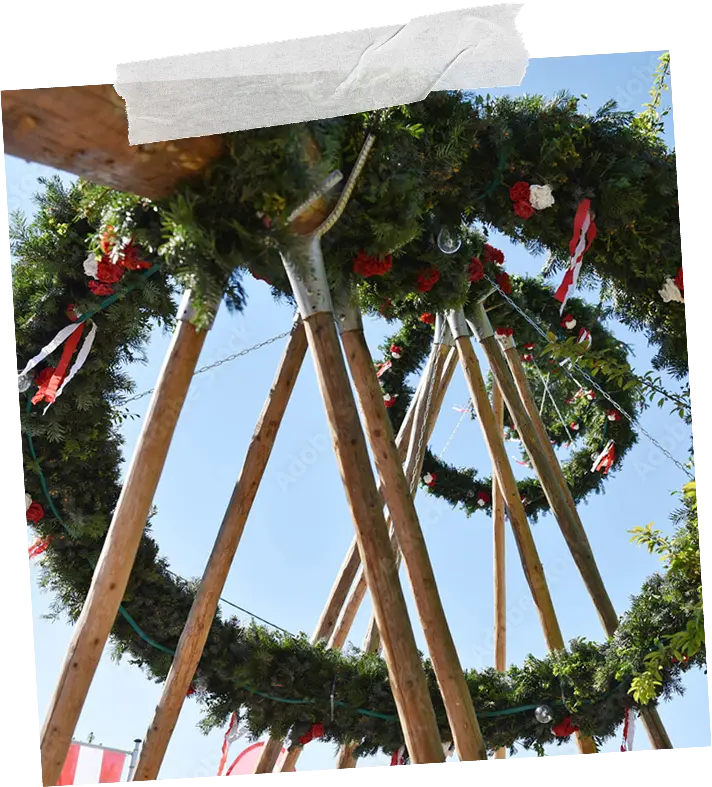
Spring
Thanksgiving & the harvest crown
In the fall, many communities celebrate Thanksgiving – in gratitude for a good harvest and the gifts of nature. The procession with the artistically tied harvest crown, which is often created by rural youth or farmers’ wives, is particularly atmospheric. Children carry baskets of fruit and vegetables, brass band music accompanies the procession and after the festive service there are culinary delicacies from the region. What used to be deeply rooted in religion is now a living community and an expression of regional gratitude – for what grows, thrives and brings people together.
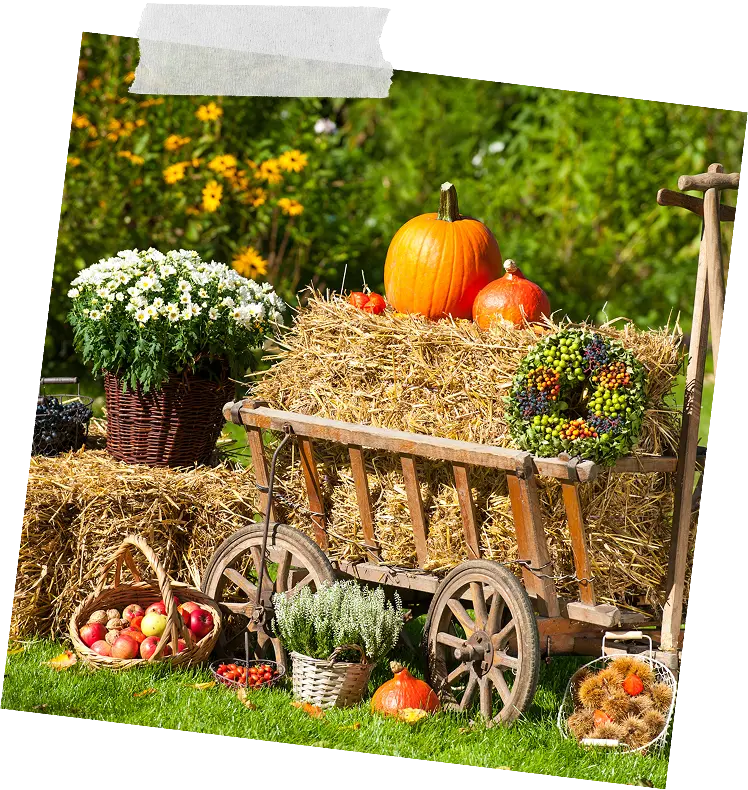
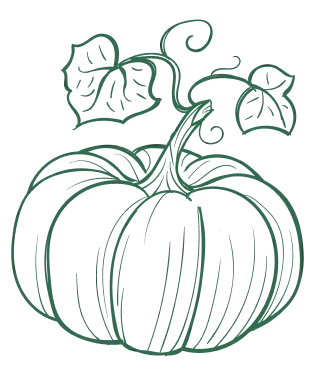
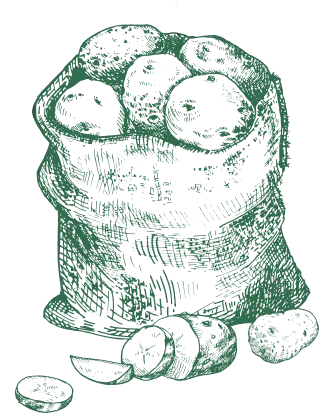
Autumn/winter
All Saints' Day & All Souls' Day
On November 1 and 2, many people remember their deceased. Graves are decorated, candles are lit, families come together. The cemetery becomes a place of remembrance and quiet encounters – united by light, gratitude and closeness.
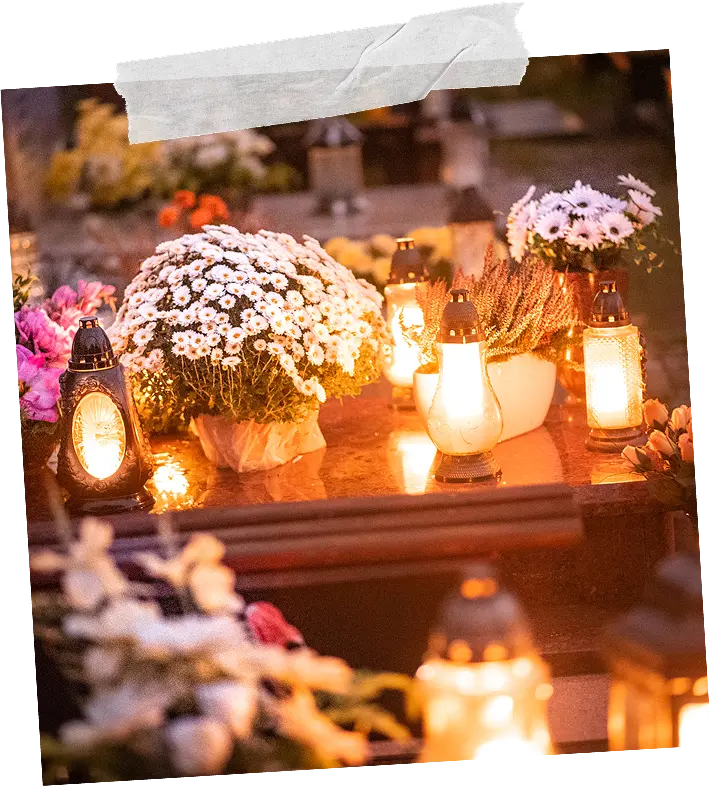
Autumn/winter
St. Martin's Day & Lantern Festival
St. Martin is celebrated on November 11 – as a symbol of charity and light in dark times. The lantern processions are particularly popular with children: Homemade lanterns light up, St. Martin’s songs ring out. Kindergartens, schools and parishes organize atmospheric celebrations that often end with a small theatrical performance. In culinary terms, St. Martin’s goose with red cabbage and dumplings is part of the custom – originally as the end of the farming year. Today, St. Martin’s Day is a quiet, luminous moment in the course of the year.
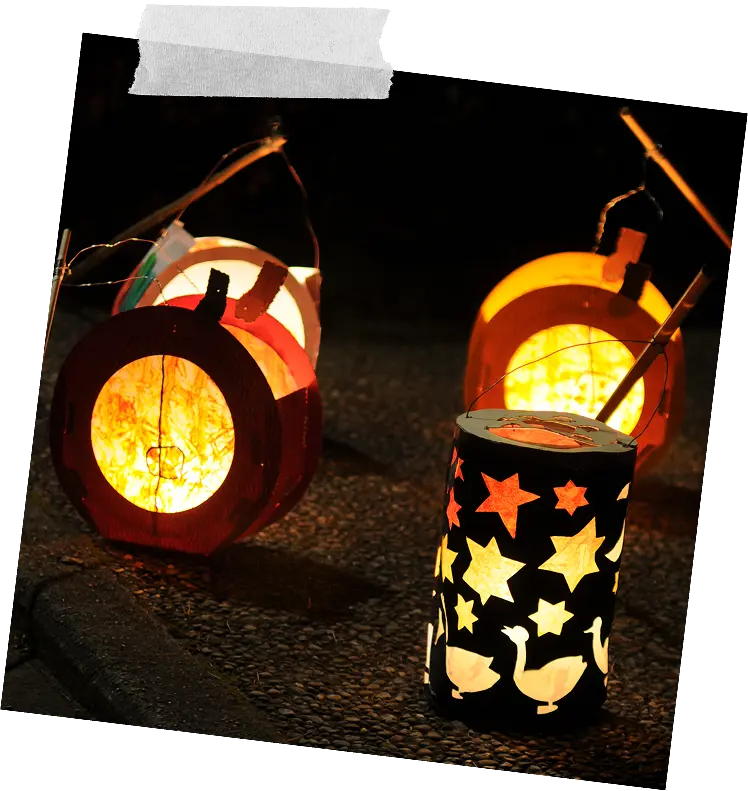
Autumn/winter
Advent & Advent markets
Advent marks the beginning of the quiet time before Christmas – accompanied by lights, scents and anticipation. Lovingly designed Advent markets open their doors in many places. People come together to enjoy mulled wine, cookies and arts and crafts. At home, the Advent wreath is set up – four candles, which are lit one by one, shorten the waiting time. The Advent calendar – often homemade – is also firmly anchored in tradition. Whether little doors, little bags or stories: A little joy every day. Advent is both preparation and reflection – with room for tradition, community and warmth.
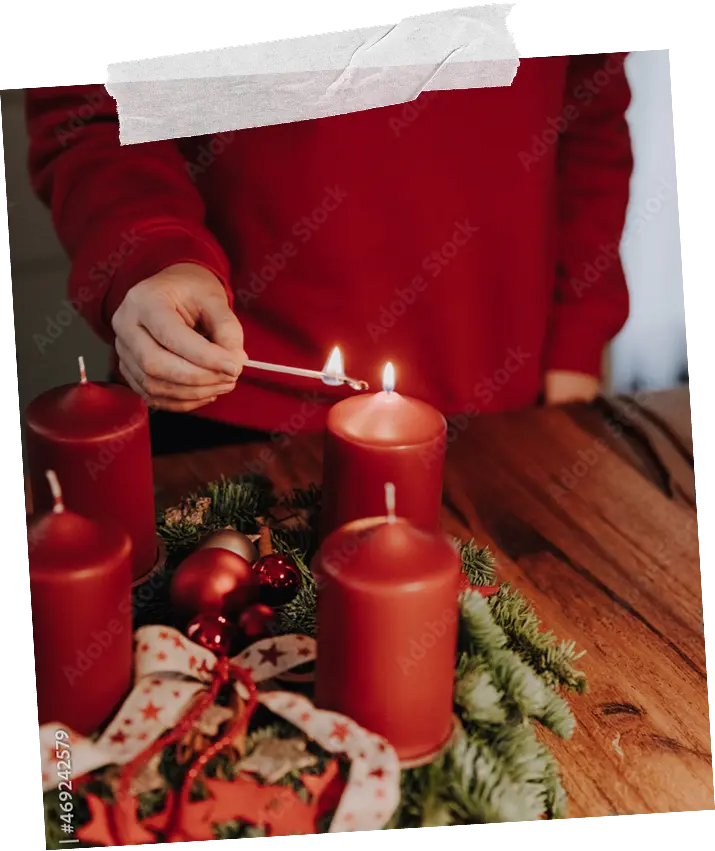
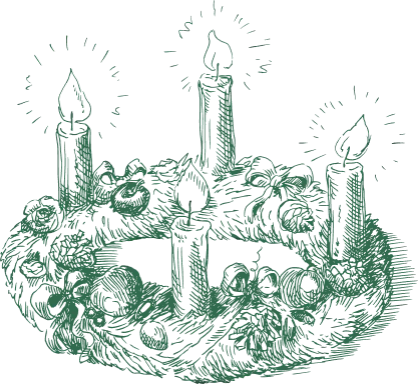
Autumn/winter
Christmas cookies
Vanilla crescents, gingerbread & co – during Advent, people bake everything their hearts desire. These sweet delicacies are an integral part of Styrian Christmas traditions. Whether a traditional recipe or a creative new creation: cookies smell of childhood, warmth and coming home.

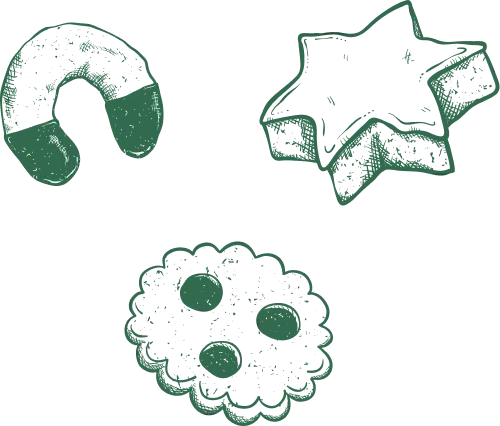
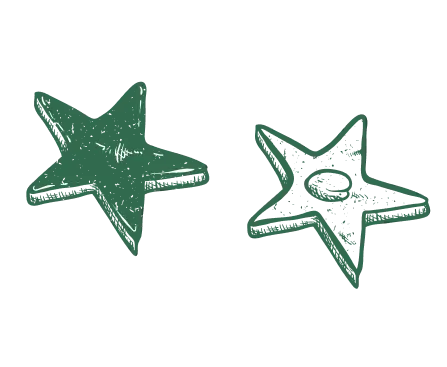
Autumn/winter
St. Barbara traditions & the traditional leather jump
Saint Barbara, the patron saint of miners, is particularly commemorated on 4 December. Branches of apple, cherry or chestnut trees are cut and taken inside. If they blossom at Christmas, it is considered a sign of good luck. In many communities, clubs, miners’ associations and bands celebrate St Barbara’s Day with high mass, morning pints, parades, dances and the traditional leather jump. The Barbara barrel tapping and miners’ songs are also well-established traditions. Traditions explain the roots of regional identity and bring young and old together every year.
The leather jump is a living ritual for admission to the miners’ profession. After answering four questions – name, origin, status and motto – this ceremonial invitation is recited: “Leap now to assume your rank and always keep it in honour.” The new “miner of honour” is greeted with a strong swig of beer and a leap over the miner’s apron held up by two miners.
This title also honours personalities outside the mining industry who have rendered outstanding services to the profession. The leather jump is performed at Barbara celebrations in Eisenerz, Vordernberg and Leoben-Seegraben.
At the Technical University of Leoben, it takes place as a student ritual. The jump symbolises courage, honour and solidarity – values that are deeply rooted in the mining community.
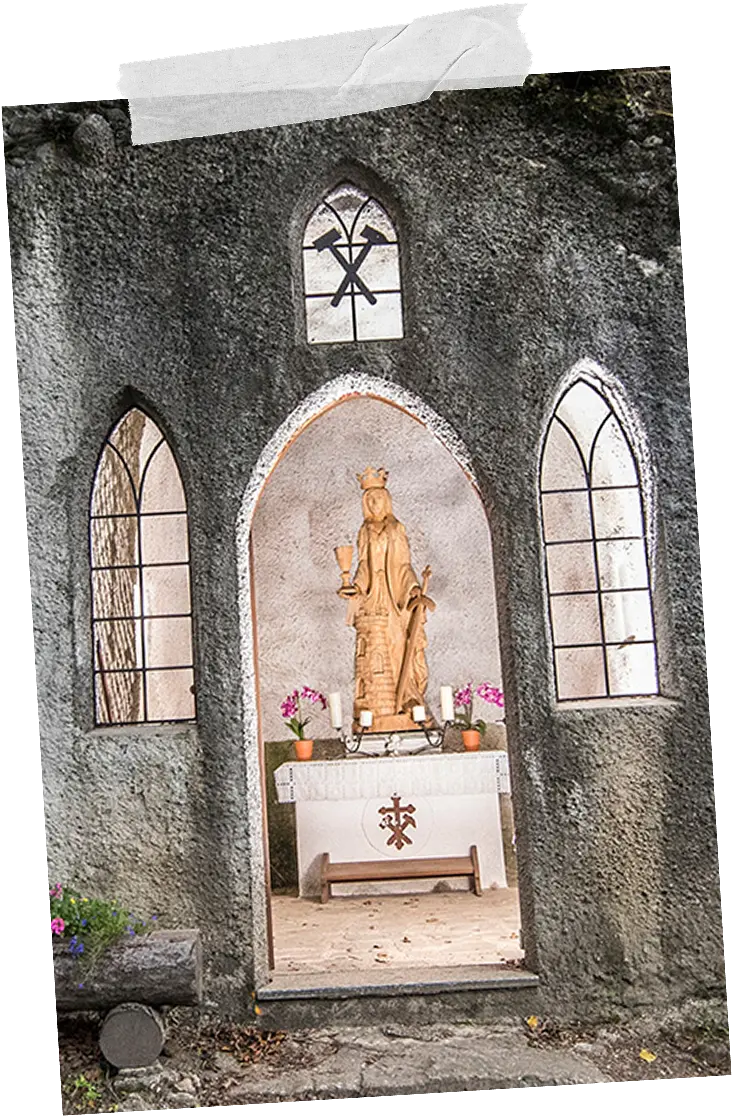
Autumn/winter
Miner’s Smock & Miner’s Apron
The black mining smock with golden buttons and the miner’s apron are two of the most typical symbols of the miner’s profession. The smock embodies dignity and affiliation. The miner’s apron was once a practical piece of protective clothing against the cold and wet.
Today, they are proud traditional symbols. Both are made, for example, at Woschner in Leoben, meticulously handcrafted according to centuries-old models. Whether it’s a gugel, pit shirt, gala skirt or pit cap – traditional miners’ clothing is an expression of identity and pride. It is worn at celebrations, processions and tributes and thus keeps the history of the mining industry alive visually.
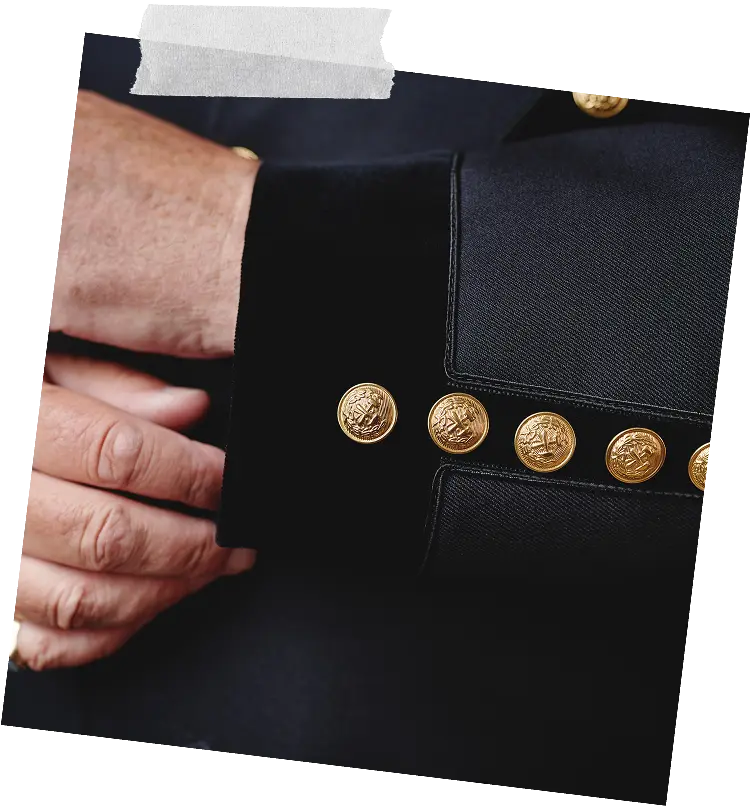
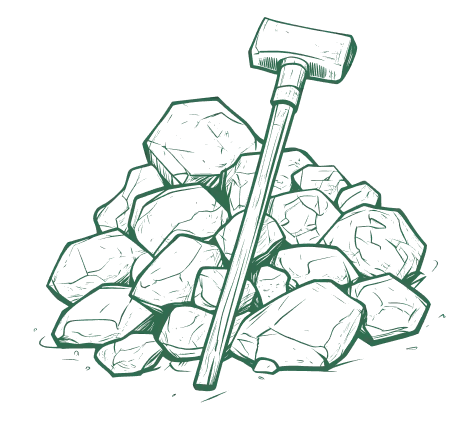
Autumn/winter
St. Nicholas
The winter tradition begins with St. Nicholas. On December 5 or 6, he visits children at home or in kindergartens – usually accompanied by Krampus. He brings mandarins, nuts and gingerbread – as praise for good deeds. The historical role model is St. Nicholas of Myra, a merciful bishop from the 4th century. His story lives on – in the shining eyes of children, filled sacks and the silent message that giving is often more fun than receiving.
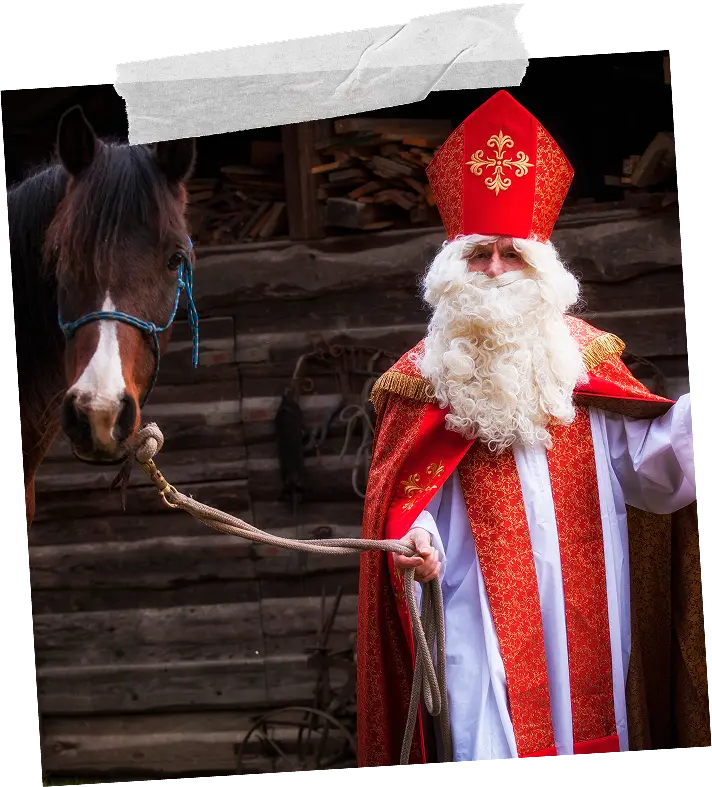
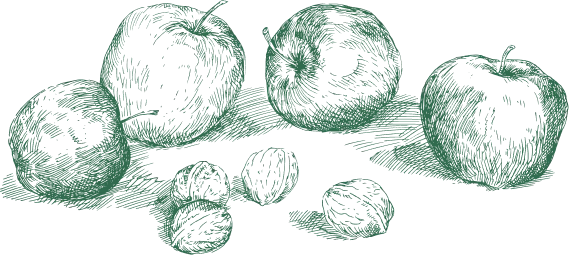
Autumn/winter
Krampus & Perchten runs
Krampus and Perchten runs are deeply rooted in eastern Upper Styria – and are becoming increasingly popular. The Krampus – shaggy, wild and noisy – parades through the alleyways with bells and chains. The terrifying figures are part of the St. Nicholas tradition, but also represent the old tension between good and evil. Perchten groups visit each other, wearing elaborate masks and elaborate costumes. Despite all the horror: There is tradition, craftsmanship and a lot of passion behind them. The runs are a spectacle, a communal experience and an outlet – loud, wild, but always with respect for tradition.
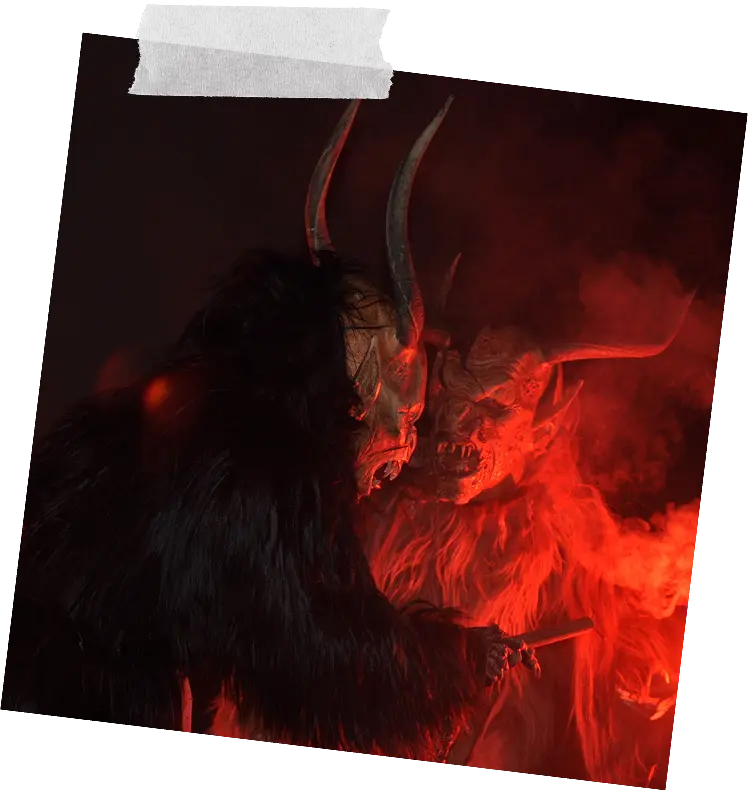
Autumn/winter
Christmas & Christ Child
Christmas is the most emotional festival of the year. Whether it’s the nativity scene, the Christmas tree or the Christ Child: in Styria, December 24th is celebrated with great attention to detail. The living room remains closed for a long time – the Christ Child should do his work undisturbed. Only when the little bell rings do the presents begin – accompanied by music, songs and laughter. The decorated tree, straw stars, candles, nuts and apples create a special atmosphere. The Christ Child comes quietly – without a costume, without a show. He not only brings presents, but also light, warmth and a piece of childhood.
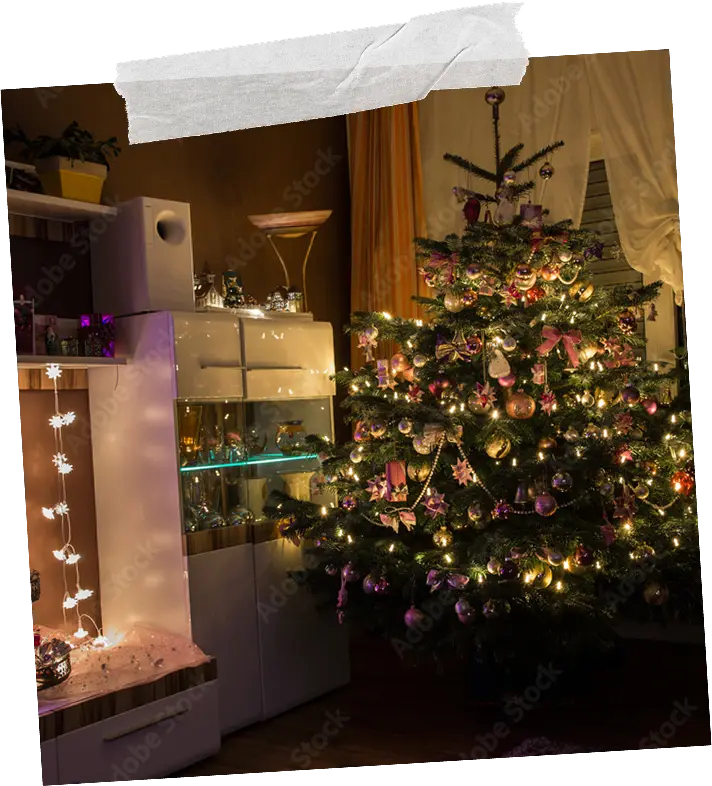
Autumn/winter
New Year's Eve
The turn of the year is celebrated with many customs in eastern Upper Styria. People look back – at the good, the difficult, the overcome – and welcome the new year with joy, fireworks and resolutions. Lucky charms such as horseshoes, pigs and chimney sweeps are a must. Whether it’s a lead pouring, champagne at midnight or a New Year’s walk: New Year’s Eve is more than a party – it’s hope for something new.
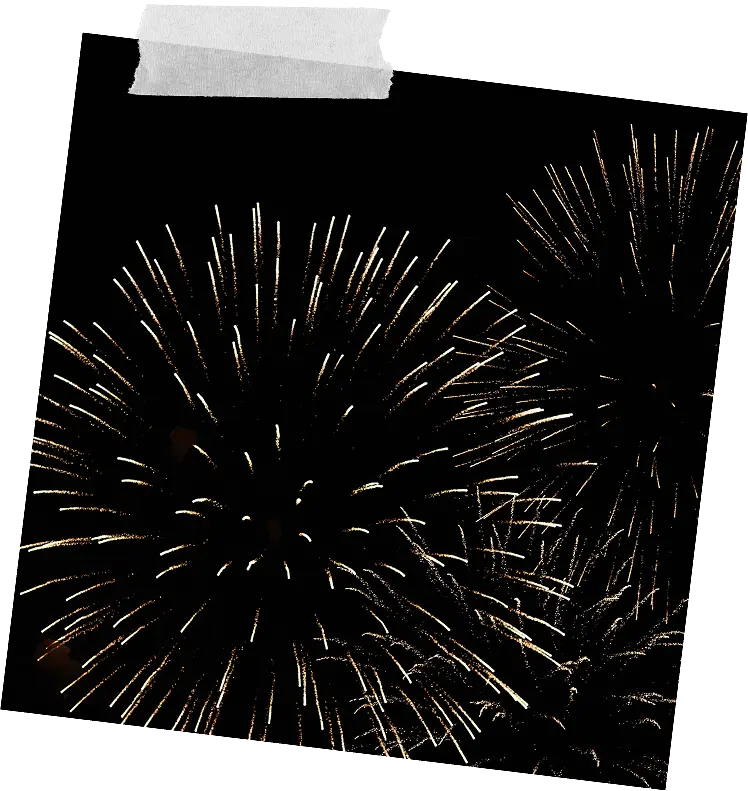
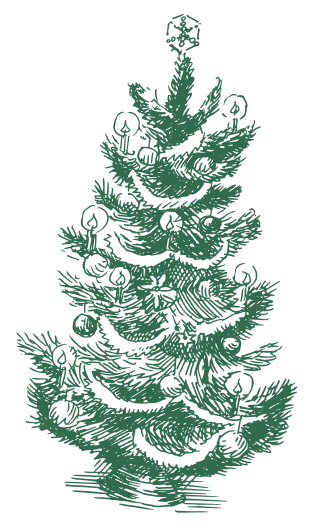
Autumn/winter
Three Wise Men & carol singing
On January 6, the carol singers go from house to house. Dressed up as Caspar, Melchior and Balthasar, they bring blessings and collect donations for people in need. Accompanied by the star bearer and traditional songs, they leave the sign “20*C+M+B+…” above the door. The campaign combines Christian tradition with social commitment – and shows that together we can make a difference.
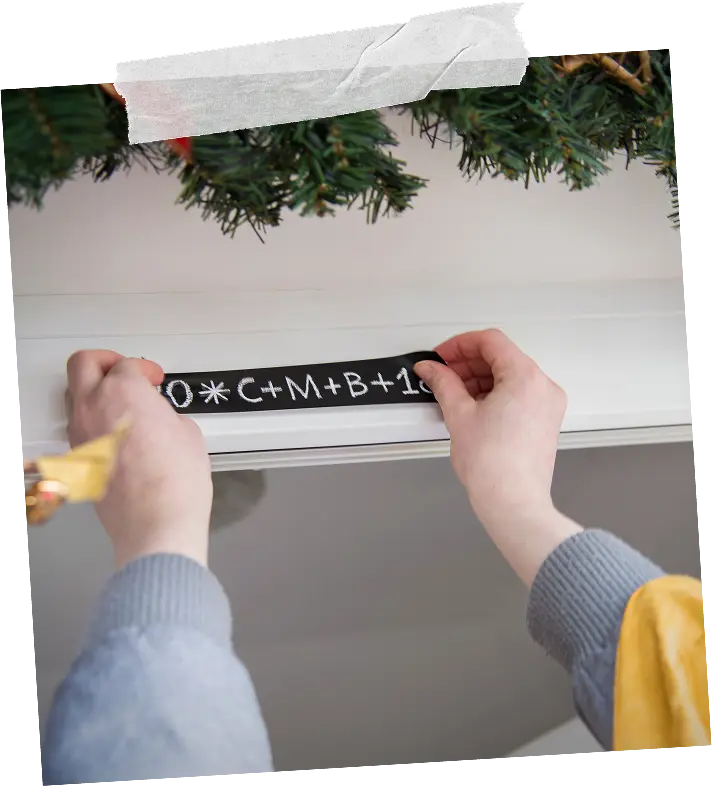
Autumn/winter
Carnival & Faschingskrapfen
Carnival is colorful, loud and cheerful – especially in eastern Upper Styria. Balls, parades, masks and carnival parties turn the fifth season into a celebration of joie de vivre. Children and adults slip into costumes and celebrate exuberantly – with music, dancing and confetti. An integral part: the carnival doughnut – filled to the brim, sweet and irresistible. Shrove Tuesday heralds the end of the colorful hustle and bustle – before Lent begins on Ash Wednesday.
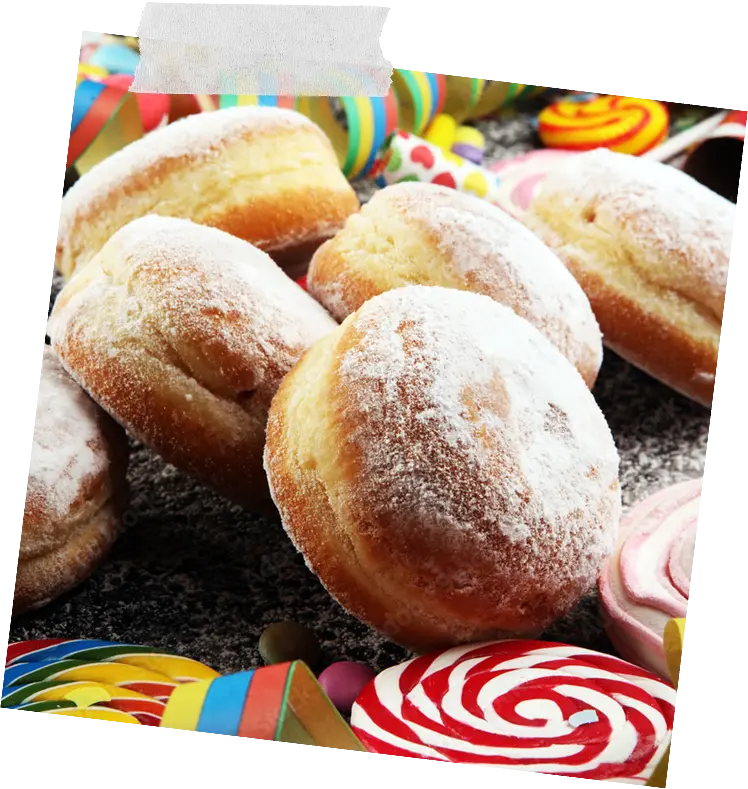
All year round
Traditional costume
Traditional costume belongs to Styria like the mountain belongs to the landscape. From everyday dirndls to festive costumes – the variety is huge. Styria has around 270 women’s costumes, while the Styrian suit dominates among the men. Lederhosen and Gamsbart also have their place. Traditional costume is a living tradition – proudly worn, timelessly beautiful.
